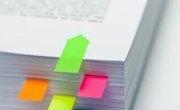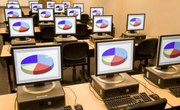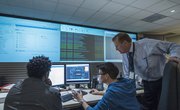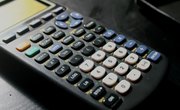Yes, colleges and universities often use a plagairism checker offered by companies like Turnitin.com. In fact, this website uses the very same plagairism checker for writer submissions. The software has a document corpus that matches content from submissions against priors, returning highlighted sections that come from others. This is okay if you cite your work, but it is generally a breach of your academic code of conduct to submit plagiarized works as your own.
Step One: Submission
Plagiarism, the copying of another work for credit, is a serious offense and a problem many colleges face daily. Professors in the past had very limited options for discovering if an assignment had been copied. Today, however, the Internet has created several important tools that allow authorities to detect plagiarized intellectual property.
When a professor receives a student submission, he inputs it into a plagiarism detector. These software programs perform detailed checks automatically. While there are many different systems available, all operate in the same general way.
Step Two: Search
Once an academic work has been fed into a plagiarism detector, the system goes to work.
Plagiarism detection programs use search algorithms. Similar to search engines, these algorithms scour the Internet for sources that are similar to the submitted work. While search engines scan for only one phrase at a time, however, plagiarism detectors search for the hundreds or thousands of sentences that make up a paper.
In addition to searching Internet sources, many plagiarism tools also cross-reference with previously submitted papers and proprietary work. This allows them to detect copied phrases that may not be public on the web.
Step Three: Report
After the search is complete, plagiarism software creates a detailed report. This report lists any textual similarities that have been found in the submitted document. It also creates links to the original content, which allows professors to personally view the material for judging purposes.
Based on the prevalence of similarities, a copy percentage is calculated. This number ranks the chances that the submitted work has been plagiarized.
Many works invariably use similar terms and phrases, but have not been copied. Content that has been plagiarized, however, will have an unnaturally high copy percentage and be flagged for review.
Related Articles
References
Writer Bio
Benjamin Aries has been involved in digital media for much of his life and began writing professionally in 2009. He has lived in several different states and countries, and currently writes while exploring different parts of the world. Aries specializes in technical subjects. He attended Florida State University.











